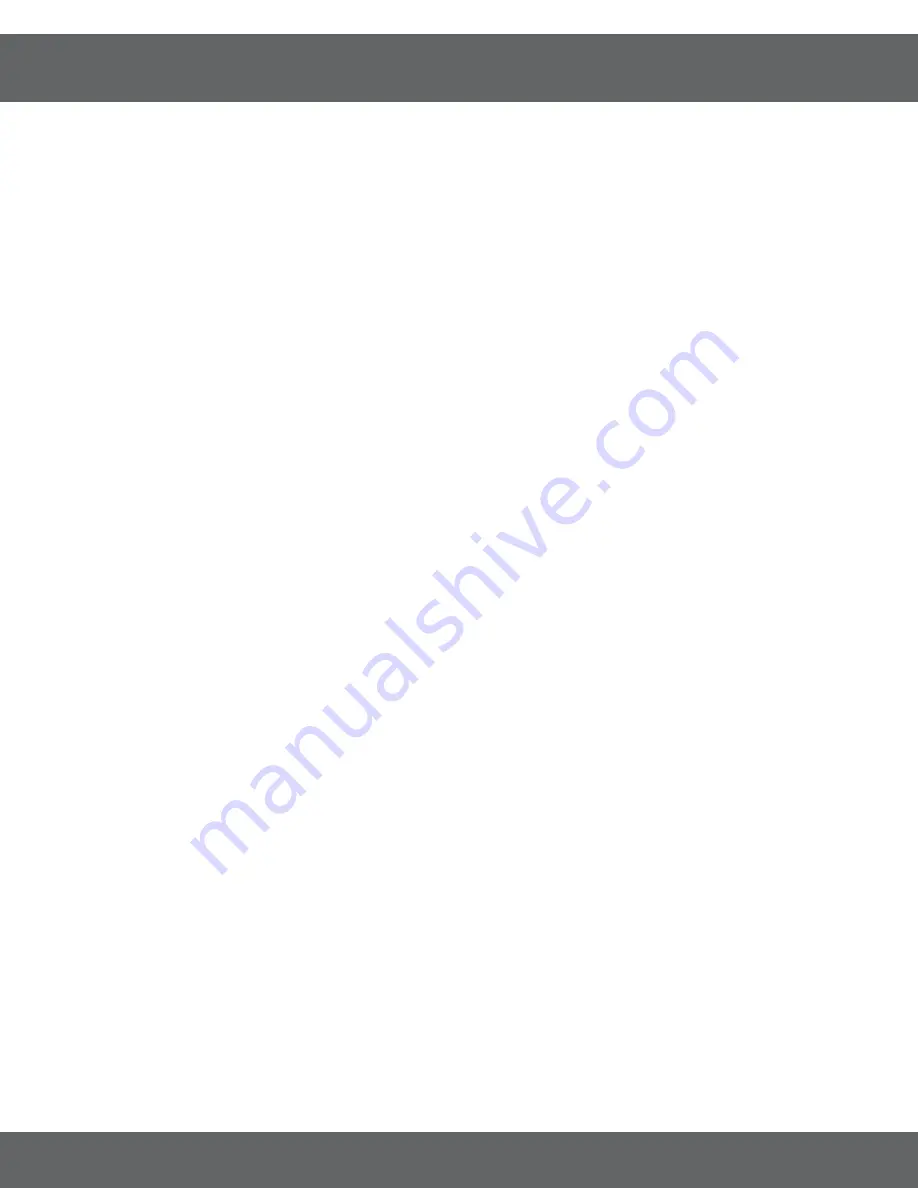
6
1. Precaution
SURFACE COOKING UNITS
•
Use Proper Pan Size
– This appliance is equipped
with one or more surface units of different sizes .
Select utensils having flat bottoms large enough
to cover the surface unit heating element . The use
of undersized utensils will expose a portion of the
heating element to direct contact and may result in
ignition of clothing . Proper relationship of utensil to
burner will also improve efficiency.
•
Never Leave Surface Units Unattended at High
Heat Settings
– Boil overs may cause smoking and
greasy spillovers may ignite .
•
Make Sure Reflector Pans or Drip Bowls
Are in Place
– Absence of these pans or bowls
during cooking may subject wiring or components
underneath to damage .
•
Protective Liners
– Do not use aluminum foil to line
surface unit drip bowls or oven bottoms, except as
suggested in the manual . Improper installation of these
liners may result in a risk of electric shock, or fire.
•
Glazed Cooking Utensils
– Only certain types of
glass, glass/ceramic, ceramic, earthenware, or other
glazed utensils are suitable for range-top service
without breaking due to the sudden change in
temperature .
•
Utensil Handles Should Be Turned Inward and
Not Extend Over Adjacent Surface Units
– To
reduce the risk of burns, ignition of flammable
materials, and spillage due to unintentional contact
with the utensil, the handle of a utensil should be
positioned so that it is turned inward, and does not
extend over adjacent surface units.
•
Do Not Soak Removable Heating Elements
–
Heating elements should never be immersed in water .
• Be sure you know which control pads operate each
surface unit . Make sure you turned on the correct
surface unit .
SELF-CLEAN OVENS
•
Do Not Clean Door Gasket
– The door gasket is
essential for a good seal . Care should be taken not to
rub, damage, or move the gasket .
•
Do Not Use Oven Cleaners
– No commercial oven
cleaner or oven liner protective coating of any kind
should be used in or around any part of the oven .
•
Clean in the self-clean cycle only parts listed in
this manual
. Before self-cleaning the oven, remove
the broiler pan and any utensils from the oven .
•
Never keep pet birds in the kitchen
– the health
of birds is extremely sensitive to the fumes released
during an oven selfclean cycle . Fumes may be harmful
or fatal to birds . Move birds to well-ventilated room .
•
Important Instruction
– In the event the self-clean
mode “F” code goes on, or three long beeps sound,
oven is malfunctioning in the self-clean mode . Turn
off or disconnect appliance from power supply and
have serviced by a qualified technician.
VENTILATING HOODS:
•
Clean Ventilating Hoods Frequently
– Grease
should not be allowed to accumulate on hood or filter.
•
When flaming foods under the hood, turn the fan on.
OVEN
•
Use Care When Opening Door
– Let hot air or
steam escape before you remove or replace food in
the oven
•
Do Not Heat Unopened Food Containers
– Build-
up of pressure may cause container to burst and
result in injury.
•
Keep Oven Vent Ducts Unobstructed
– the oven
vent is located above the left rear surface unit . this
area could become hot during oven use . Never block
this vent and never place plastic or heatsensitive
items on vent
•
Placement of Oven Racks
– Always place oven
racks in desired location while oven is cool . If rack
must be moved while oven is hot, do not let potholder
contact hot heating element in oven .
•
Do Not
allow aluminum foil or meat probe to contact
heating elements .
GLASS/CERAMIC COOKING SURFACES
•
Do Not Cook on Broken Cook-Top
– If cook-top
should break, cleaning solutions and spillovers
may penetrate the broken cooktop and create a
risk of electric shock. Contact a qualified technician
immediately .
•
Clean Cook-Top With Caution
– If a wet sponge
or cloth is used to wipe spills on a hot cooking area,
be careful to avoid steam burn . Some cleaners can
produce noxious fumes if applied to a hot surface .
DEEP FAT FRYERS:
• Use extreme caution when moving the grease kettle
or disposing of hot grease .







































